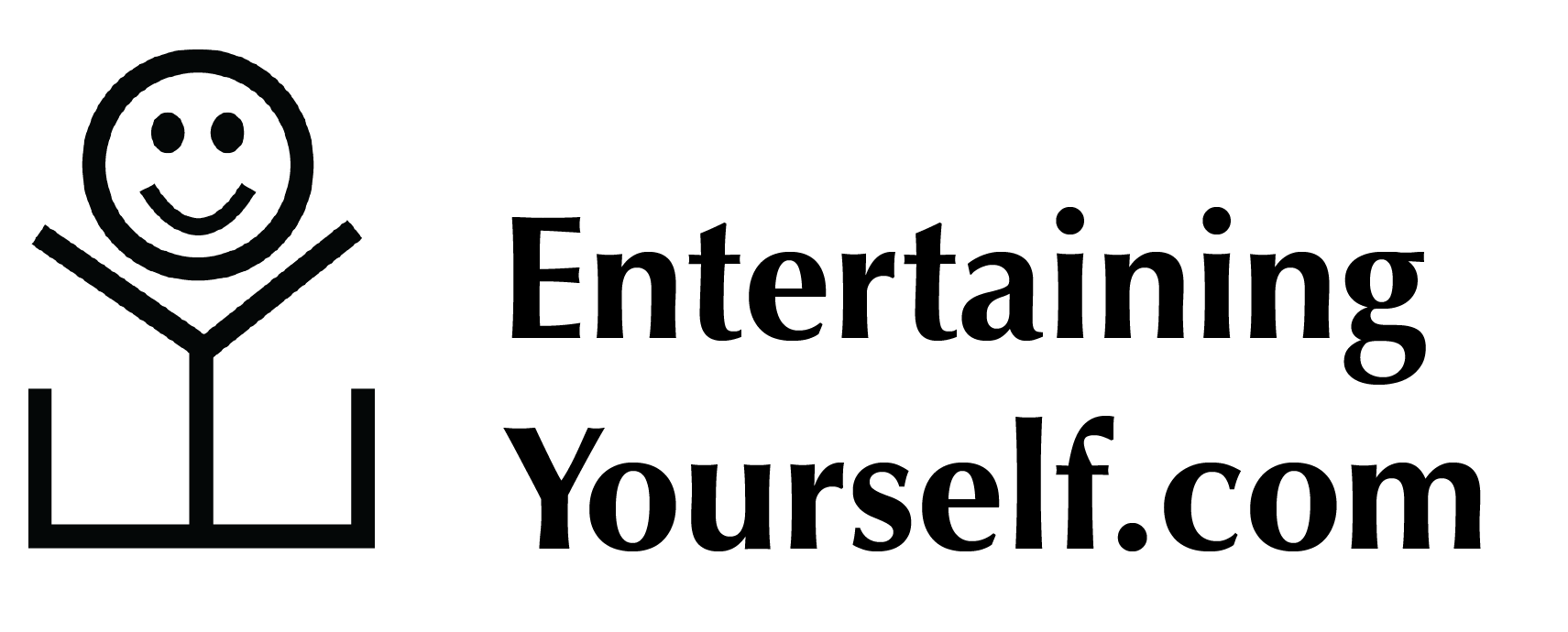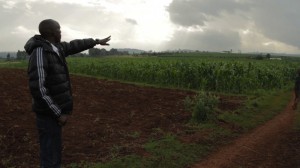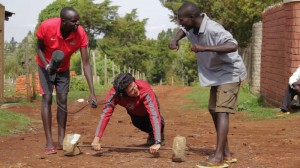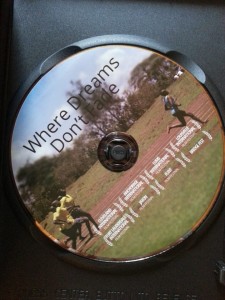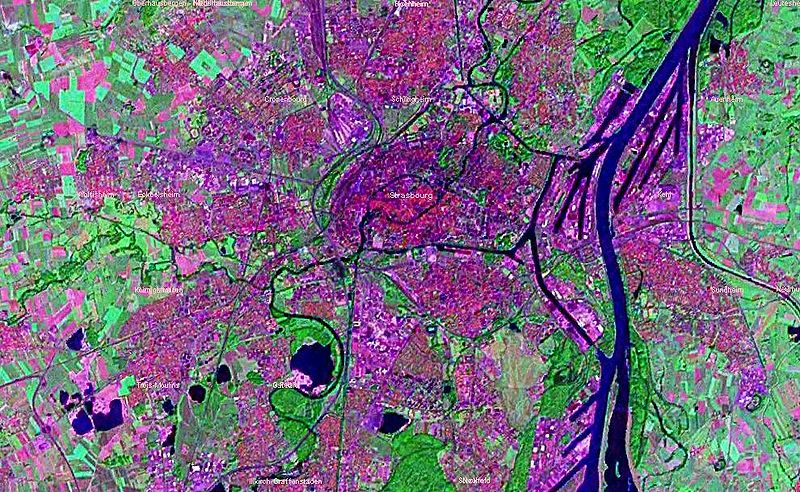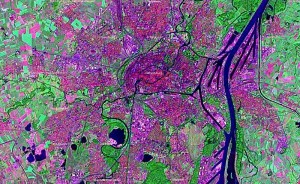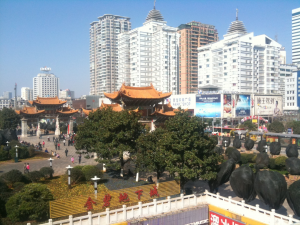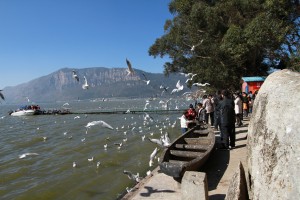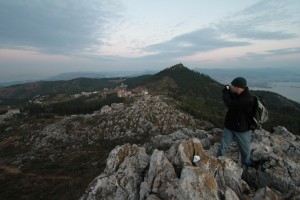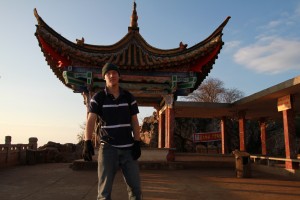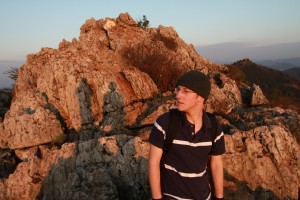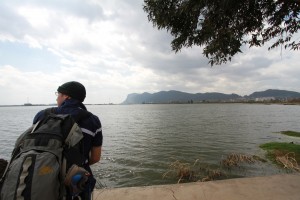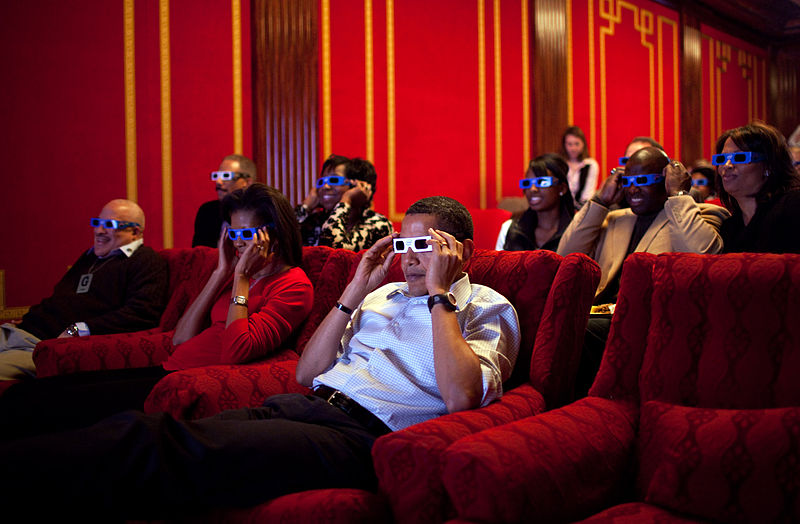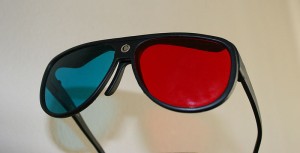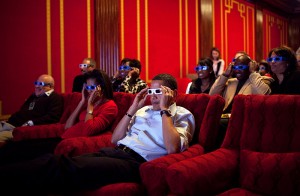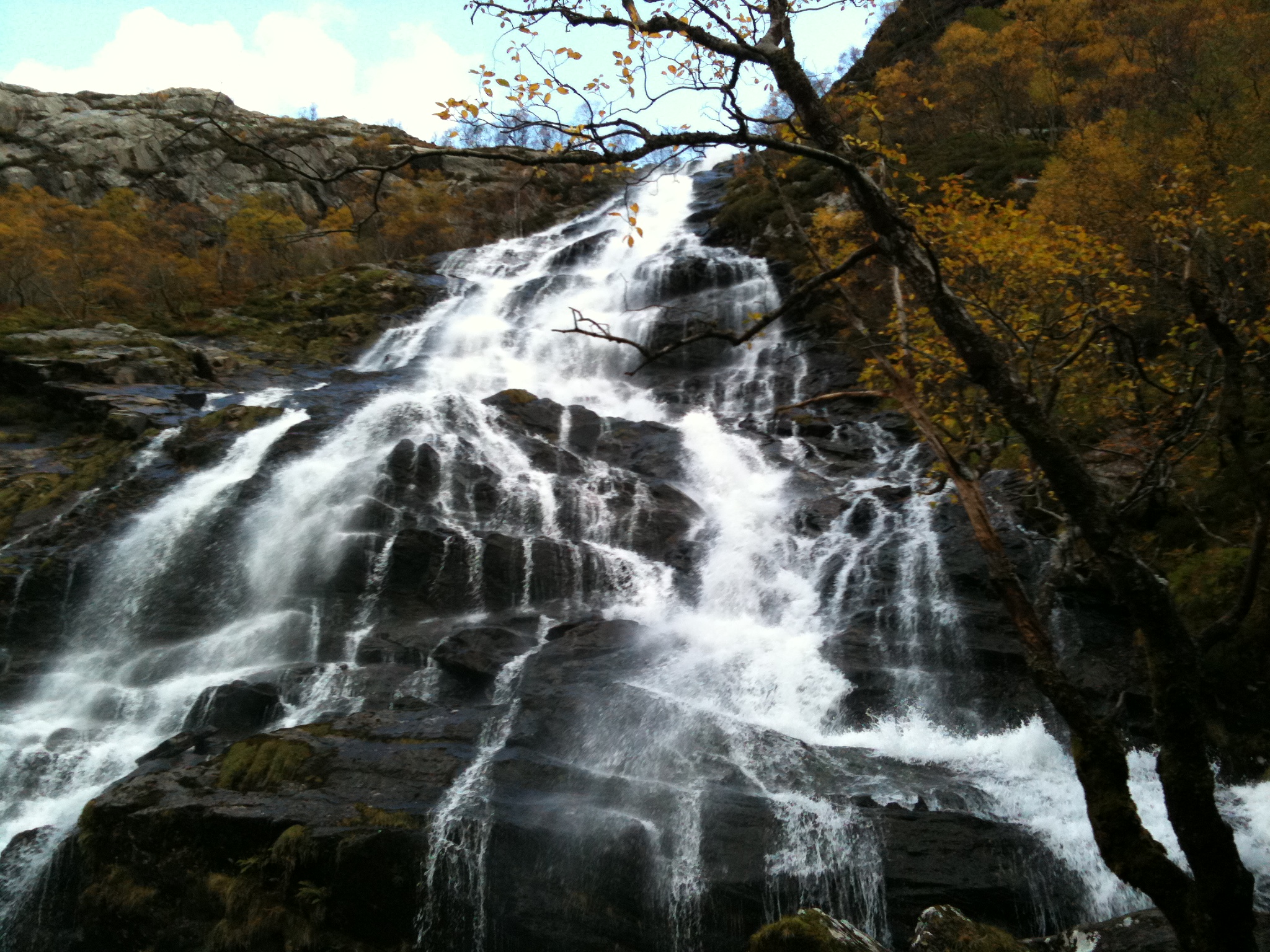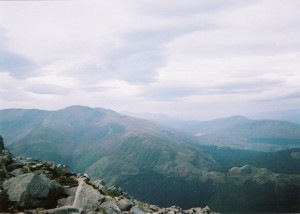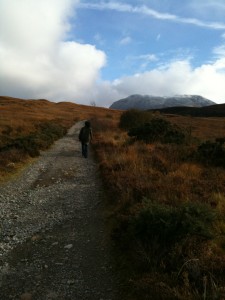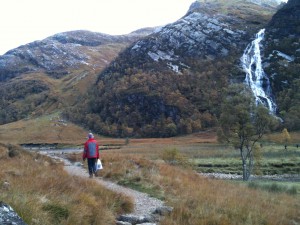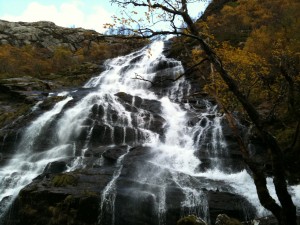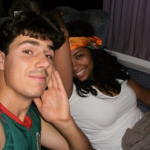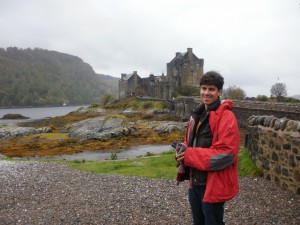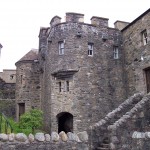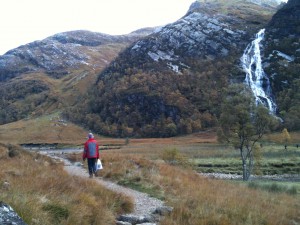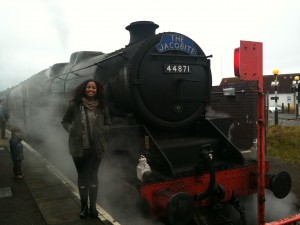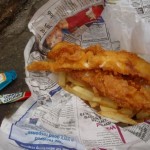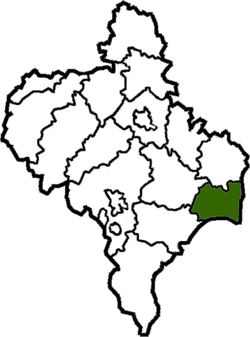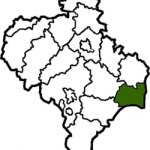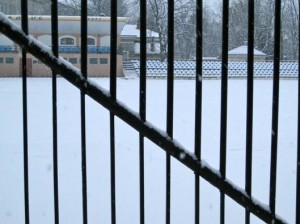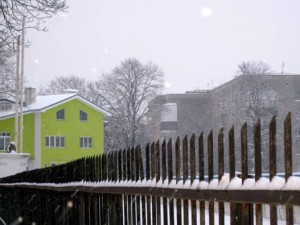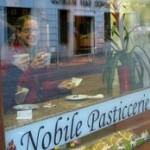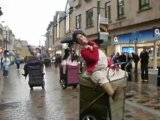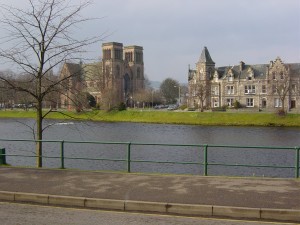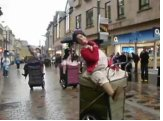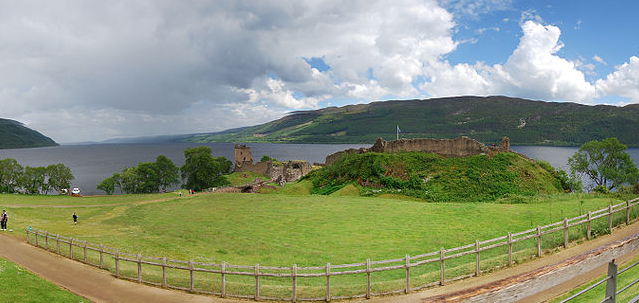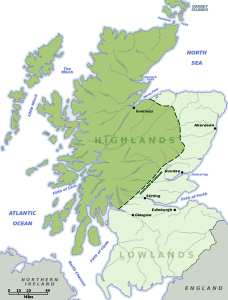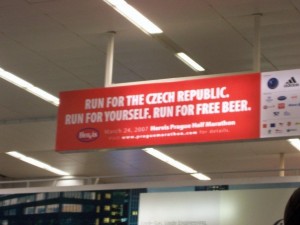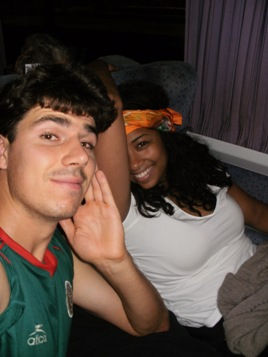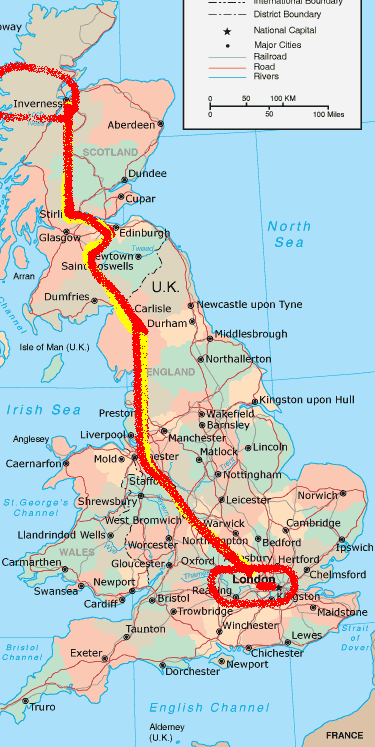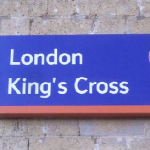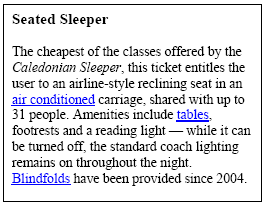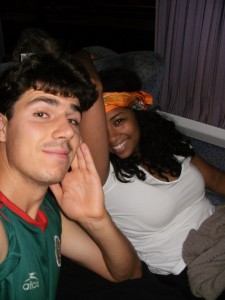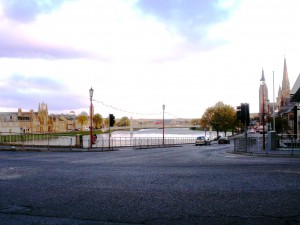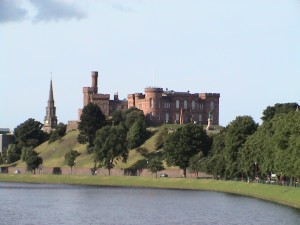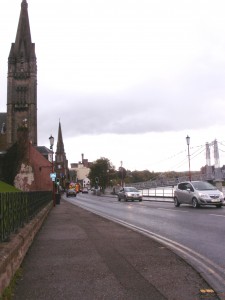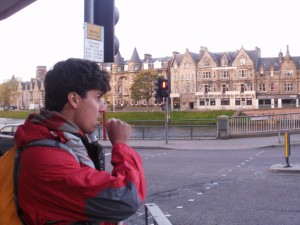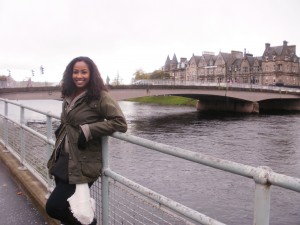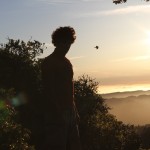Where Dreams Don’t Fade
In the red-dirt highlands of western Kenya, 200 miles from the capital, Nairobi, rests the 4,000-person town of Iten. Remotely situated among the peaks and basins of the Great Rift Valley, the settlement’s 2,400-meter elevation and female mayor distinguish it from many Kenyan towns, but it’s truly extraordinary for another reason. Iten, as well as nearby Eldoret, form the epicenter of Kenyan running culture. Today hundreds of athletes—some aspiring, some well-established—train in these towns at camps founded by former and current champions.
People from all over Kenya and the world trek like pilgrims to the region for training; this year my friend Martin Mudry and his one-time cross country teammate, Alex Nichols, made the journey, but not just to run. They’re making Where Dreams Don’t Fade, a documentary about three Kenyan runners and the sprit that drives the world’s most decorated running nation.
In many ways, Iten represents the ideal place to capture the essence of great running. For pure saturation of speed, few if any place can rival the town and the surrounding area, where the Kalenjiin tribe have lived and trained on their way to winning more international medals in 800-meter to marathon races than anyone. Not every Kenyan blazes on the track or trails, but Alex said, “The percentage of people in Kenya we would consider runners has to be so much higher than it is in the US.”
Martin and Alex both enjoyed running success in the United States. A year after a 2007 trip to a running camp in Ngong—just southwest of Nairobi—hosted by Olympic Silver Medalist Wilson Boit Kipketer, Martin finished second in the Minnesota Athletic Conference cross country championship. Alex has top-five finishes in major trail races, including the grueling Pikes Peak Ascent; but now they’re shooting film while living and training beside world record holders.
Kenya, Martin says, is a place where many people are literally the best or “believe they can be the best runner.” To an unaccustomed observer, therefore, the camps can seem surreal. “It’s like a lot of amateur basketball players being invited to train with LeBron James, and then stay in his pool house,” he said.
While approaching “King” James about documenting his life and shooting some hoops with his entourage might sound intimidating, the attitude of Kenya’s future and current greats made the two filmmaker’s initial job easy, and bolstered their running confidence at the same time.
“They make you feel welcome,” Alex said. “It doesn’t feel like a big deal that they’re the best in the world.”
The great runners, Martin added, “the guys that are superfast, they’re not going to avoid you because you have a slow personal record. Everyone’s allowed to run together and it’s always encouraged, and that makes you feel like you can run a 2:10 marathon—maybe it’s not true, but you feel that way.”
The unflappable belief and determination of Kenyan runners constitutes the core of Where Dreams Don’t Fade. The film specifically documents three Kenyan runners in various stages of chasing their goals: Robert, a talented runner in high school, who aggravated back injuries in the military and started a family and business while waiting to train again; Virginia, a college graduate trying to get a job so she can afford to train full-time in Iten, so she can make money and get a Masters; and Alex, the brother of a Bronze Medalist at the Track and Field World Championships, who is training at the camp in the hopes of attracting a full-time manager.
Martin and Alex, who currently live at the camp of James Kwalia, himself a Bronze Medalists at the World Championships in 5000m, chose the trio because of their on-screen charisma and the nature of their stories. Like many Kenyans, Martin said, “they’re pursuing running in the face of many challenges, but what’s more unique is that all three are going after these running dreams even though they don’t have to or even though they could be pursuing other things.”
Capturing the paths of three distinct lives on film has its share of rewards, but also challenges, largely from a scheduling point of view. After making the important creative decisions in the first month, Alex and Martin set to logging the dozens of hours of footage they’ll likely need, but progress isn’t nearly as fast as the morning training sessions they attend.
Miscommunications happen, meetings get missed, and “people don’t always know where they’re going to be in two hours,” Alex said. “They think they’re going to have lunch, but maybe they decide to go on a long run.”
For people making a running documentary in Kenya, however, runs serve more often as sources of amazement than of frustration. “There are so many people at such a high level here, you can see a world record holder being beaten in a workout by some person you’ve never heard of,” Alex said. “It’s just exciting you can be a part of it.”
As for their own goals, Martin and Alex look toward September, when they hope to have Dreams edited in time for a submission to the Sundance Film Festival.
~Will~
Where Dreams Don’t Fade is now available for purchase on DVD
